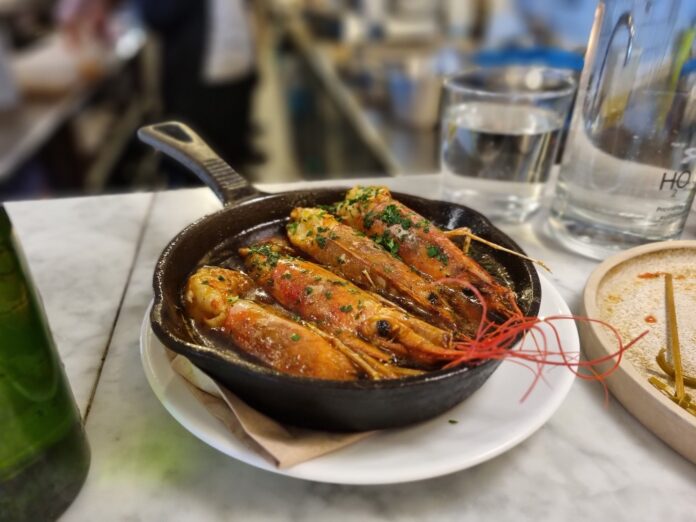If you’re a regular reader of IDEAL, then you’ll know how much we love our house plants. Their calming, colourful presence has become an essential part of making a house feel like home. Indoor gardening has seen a remarkable surge in popularity, with the Royal Horticultural Society noting a significant increase in plant and bulb sales as more people discover the joy of nurturing greenery within their homes.
There’s something truly special about tending to houseplants; they offer a chance to connect with nature and provide a sense of routine and accomplishment. Though scientific opinion remains divided, many believe that indoor plants bring health benefits to the home; it’s said that they can increase productivity and creativity, reduce stress levels, cleanse the air and boost your mood. And who are we to argue?
Ready to transform your living space into a verdant paradise? Here are 7 spectacular plants you can grow indoors.
Bird Of Paradise Flower
Ideal for a colourful touch…
The beautiful Birds of Paradise flowers are some of the most popular indoor plants, and it’s easy to see why. Officially known as ‘Strelitzia‘, these plants grow well in the tropics and are known as Birds of Paradise because of their striking appearance, which calls to mind a vibrantly coloured bird spreading its wings in flight.
This look will bring a rich tropical flair to your home, even if you’re residing in gloomy ol’ Blighty. To further enhance those tropical vibes, Birds of Paradise have banana-shaped leaves that add an extra sense of mischief.
Though they’re native to South Africa, you’ll find the Bird of Paradise copes fairly well in a UK home, though they may find the atmosphere a little dry, preferring humidity. A glasshouse or conservatory is your best bet if you’re keen to keep your Bird of Paradise inside.
Its leaves are firm and able to adapt to a wide array of light conditions. If you want your plant to flourish, place it in a sunny spot to get the most striking results. When watering your Bird of Paradise, make sure to saturate it thoroughly, allowing 50% of the soil to dry before watering again. During Spring and Summer, they require regular watering to maintain water levels. During growing season, which is between April and September, they’ll also need regular feeding with fertiliser.
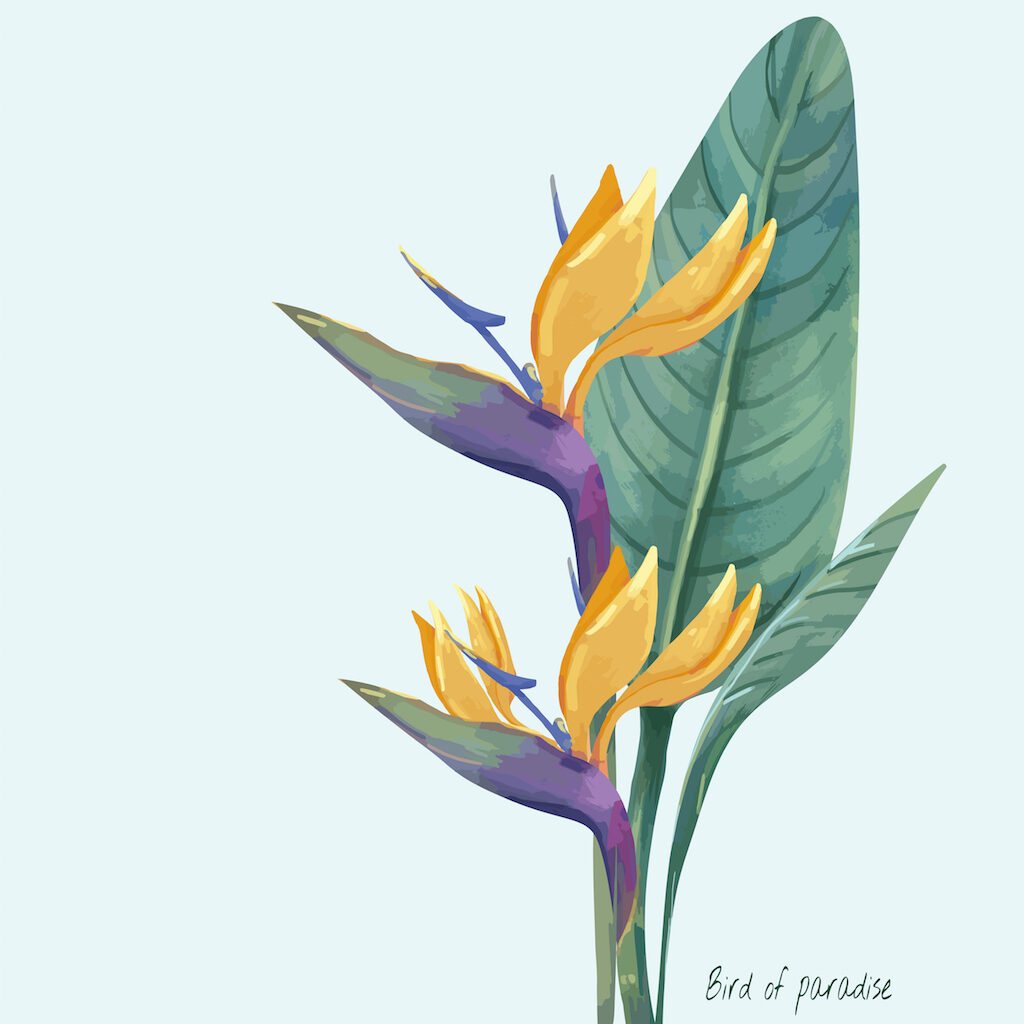
Devil’s Ivy
Ideal for hanging baskets…
‘’I thought that I was dreaming, when you said you loved me’’. Well, the hypnotic, immersive Golden Pothos, also known as Devil’s Ivy, which is known for its evergreen trailing vines, certainly has a dreamy quality.
It’s a popular choice for UK homes, particularly for hanging baskets, due to its low-demanding (and low-hanging!) nature. It’s something of a climber, and can reach heights of up to 80 feet. It also goes by the name Ceylon Creeper, Hunter’s Robe and Rupunzel.
Ivy roots easily in water, and though it’s tempting to let it run riot and explore your walls with abandon, the safest option is to plant your ivy in a fairly shallow pot (ivy roots don’t tend to burrow deeply, and you might need to mist the leaves semi regularly as a result) allowing its leaves to cascade downwards over the edges of the pot. Because of this urge to explore, many homeowners place their ivy pot on a high shelf, and embrace its tendency to meander downwards.
Place your pot in a place with bright, indirect light in summer and direct light in winter. Make sure that the potting mix is loose and well-drained; ivy doesn’t respond at all well to overwatering.
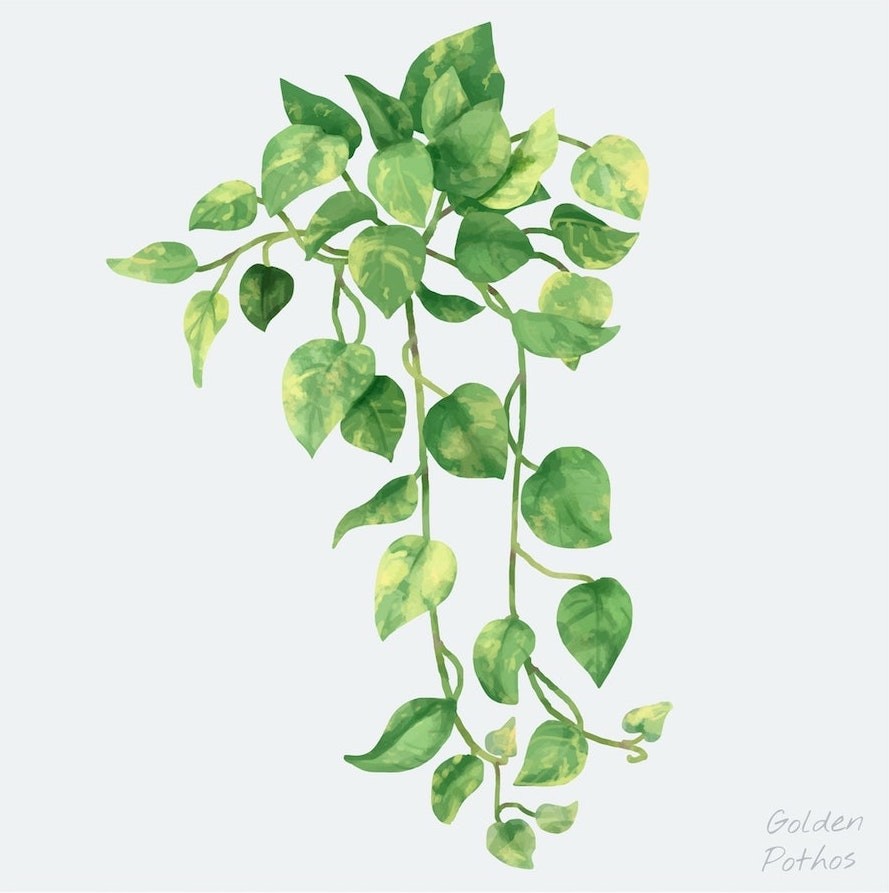
A Kumquat Tree
Ideal for a fruitful, flora scent…
Not just ornamental trees destined for the indoor setting, these leafy, busy little numbers bearing delicious orange kumquats make a great feature in a bright room. Or, are able to brighten even the darkest room. Take your pick!
Favoured as an indoor plant for Lunar New Year in Vietnam, most families buy a fruit-laden kumquat trees to herald the start of a new year, since the tree is a symbol of prosperity and a pleasing sight to put around the home. The fruits can be picked or left for ornamental purposes. Either way, they give off a fine floral aroma which we just can’t get enough of.
It’s a self-fertilising tree and is surprisingly hardy, comfortable in low temperatures and requiring only intermittent watering in Winter but plenty in Spring and Summer. Ideally, you should keep kumquat trees in a greenhouse or conservatory.
Areca Palm
Ideal for bringing a tropical vibe indoors…
A graceful and elegant plant, the Areca Palm, native to Madagascar, is also known as yellow palm, butterfly palm, and golden cane palm. From those nicknames, a warming picture is painted, and the appearance of the Areca Palm more than lives up to its billing.
Its scientific name is ‘dypsis lutescens‘ and this is particularly apt owing to its duality – you may place it both indoors or outdoors. The foliage is appealing and brings a tropical vibe to your home making it perfect for home offices for those desperate to escape somewhere hot later in the year, when restrictions are hopefully lifted.
The Areca Palm plant is easy to take care of because of its low maintenance disposition. In stark contrast to Devil’s Ivy, it doesn’t mind the occasional overwatering relative to other houseplants. Do make sure to place it under bright, indirect light; the Areca Palm’s plants won’t thrive (or even grow) in a dark corner, but its leave may scorch in direct sunlight.
Don’t worry if you have pets at home, as these plants are pet-friendly. Some people believe that the Areca Palm brings with it good luck, welcoming peace and prosperity into the home. Who are we to argue?
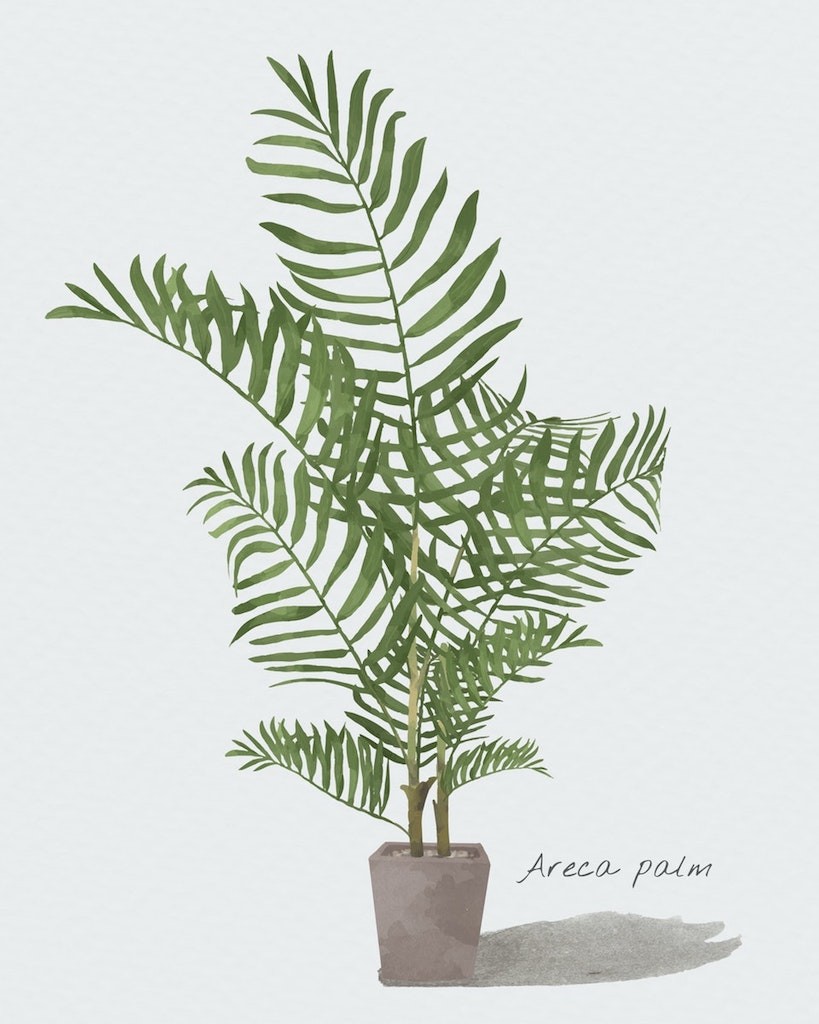
Chinese Money Plant
Ideal for modern minimalist spaces…
The Chinese Money Plant (Pilea peperomioides), with its perfectly round, coin-shaped leaves, brings both style and simplicity to any room. This charming plant, also known as the Pancake Plant or UFO Plant, originated in the Yunnan Province of China and has become increasingly popular in British homes.
What makes this plant particularly special is its low-maintenance nature and its habit of producing plenty of offspring, or ‘pups’, which can be separated and potted to create new plants. Place it in bright, indirect light and water when the top soil feels dry. Its compact size makes it perfect for windowsills and desk spaces.
Rubber Plants
Ideal for low maintenance care…
Rubber Plants (Ficus elastica) are one of the best low maintenance plants out there, with its large leaves even said to absorb harmful chemicals and bacteria in the air, purifying the atmosphere in your home.
A species of the fig genus, we might venture that ‘genius’ is a more apt description, owing to its incredibly hardy nature and prowess for quick, confident growth. Expect your rubber plant to grow to a whopping three metres with proper care.
When placing this plant in the home, be sure to put it in medium to bright indirect light, though it can tolerate a little direct sunlight, too – hey, we said this guy was hardy, right? You don’t need to be overly fussy with its watering either; rubber plants only need to be watered every 1 to 2 weeks. Use your finger to ensure that the soil has totally dried out between waterings.
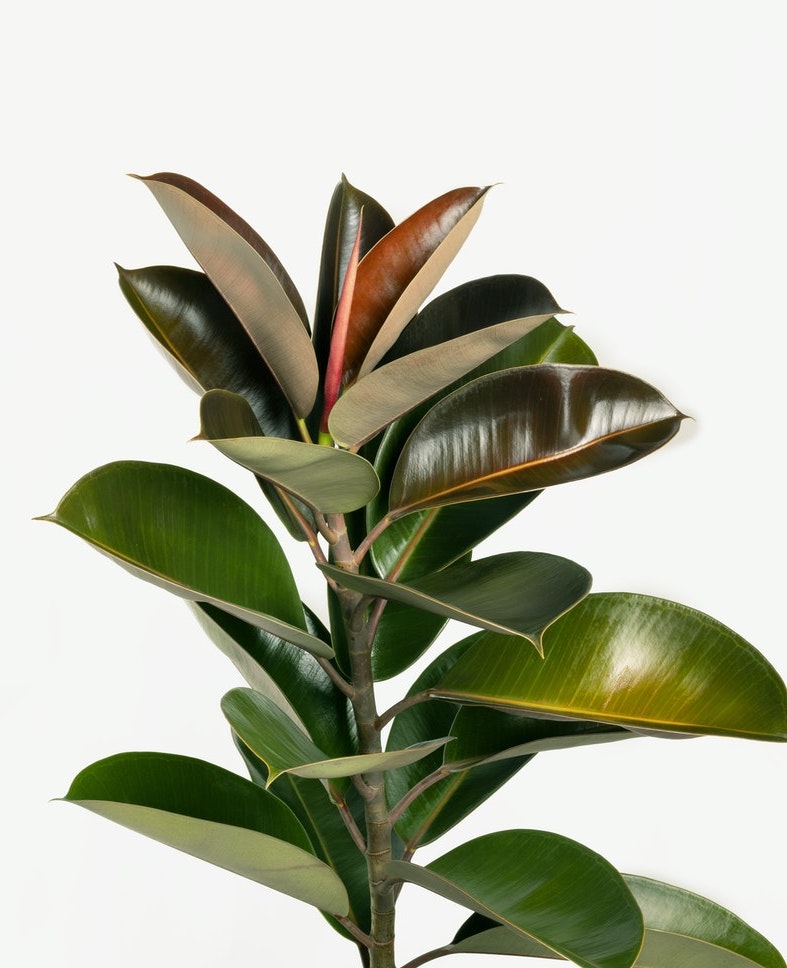
String of Pearls
Ideal for shelf decoration…
A striking succulent that creates a mesmerising cascade of bead-like leaves, the String of Pearls (Senecio rowleyanus) is a South African native that adds a touch of whimsy to any indoor space with its unique appearance. The small, round leaves store water, making it quite drought-tolerant and perfect for forgetful waterers.
Place your String of Pearls in bright, indirect light and water sparingly – only when the soil is completely dry. It’s particularly stunning when placed on a high shelf or in a hanging basket, allowing its pearls to create a natural, living curtain.
The Bottom Line
Indoor plants have become an integral part of modern home décor, bringing life, colour, and potentially health benefits to our living spaces. We hope you’ve found inspiration above on how to diversify your collection!
Now, you just have to keep your newfound flora thriving! Check out our article on 7 simple steps to keep your houseplants alive for longer.



